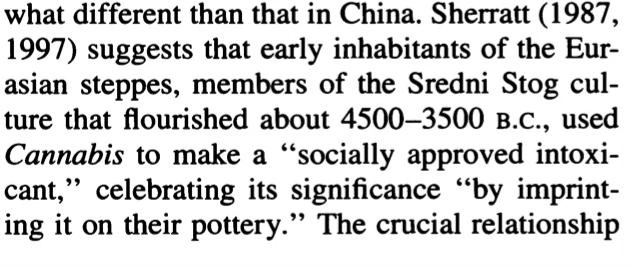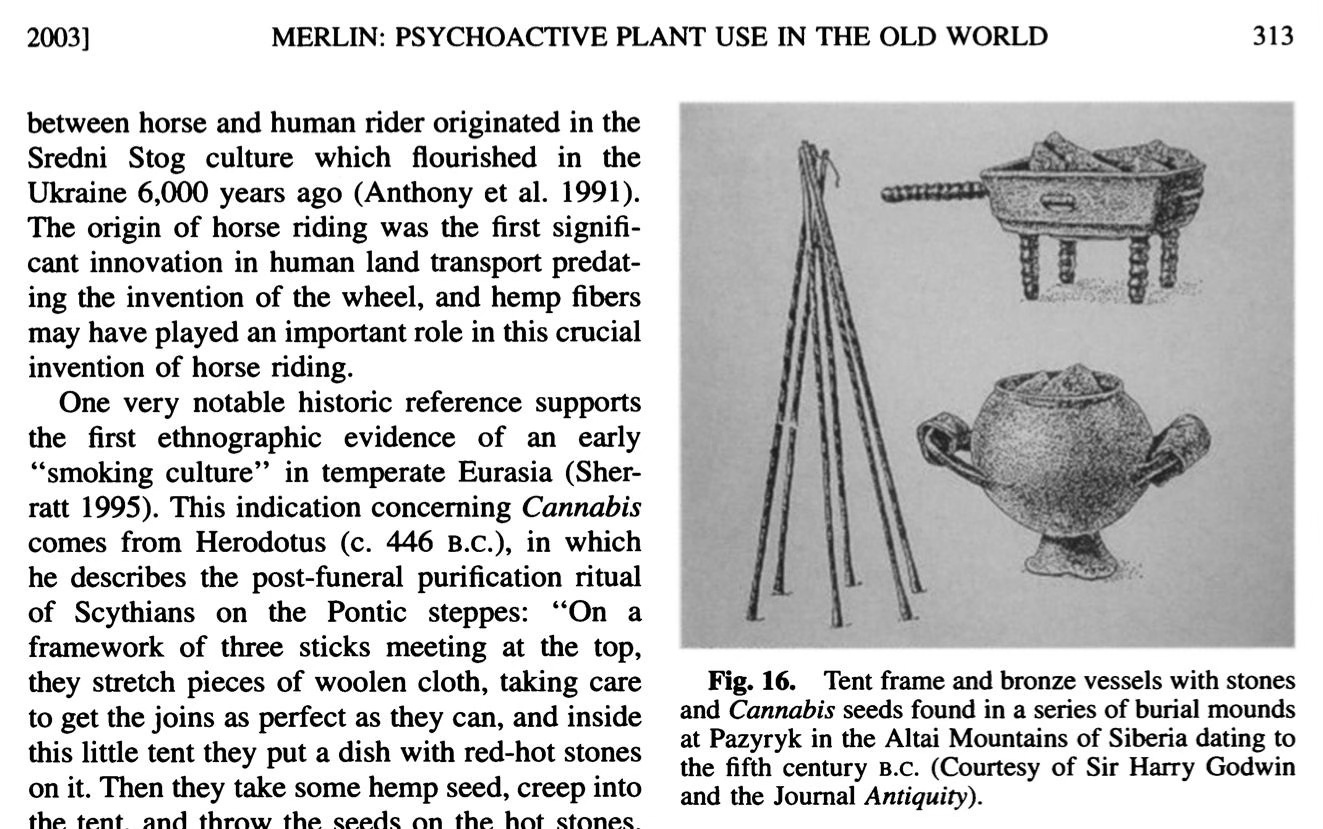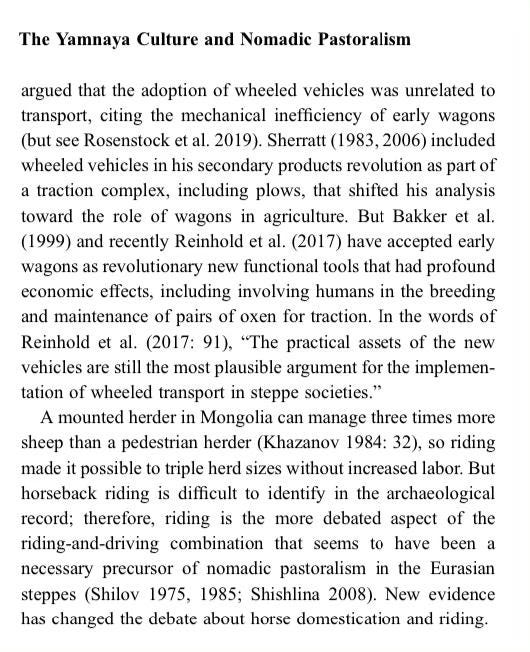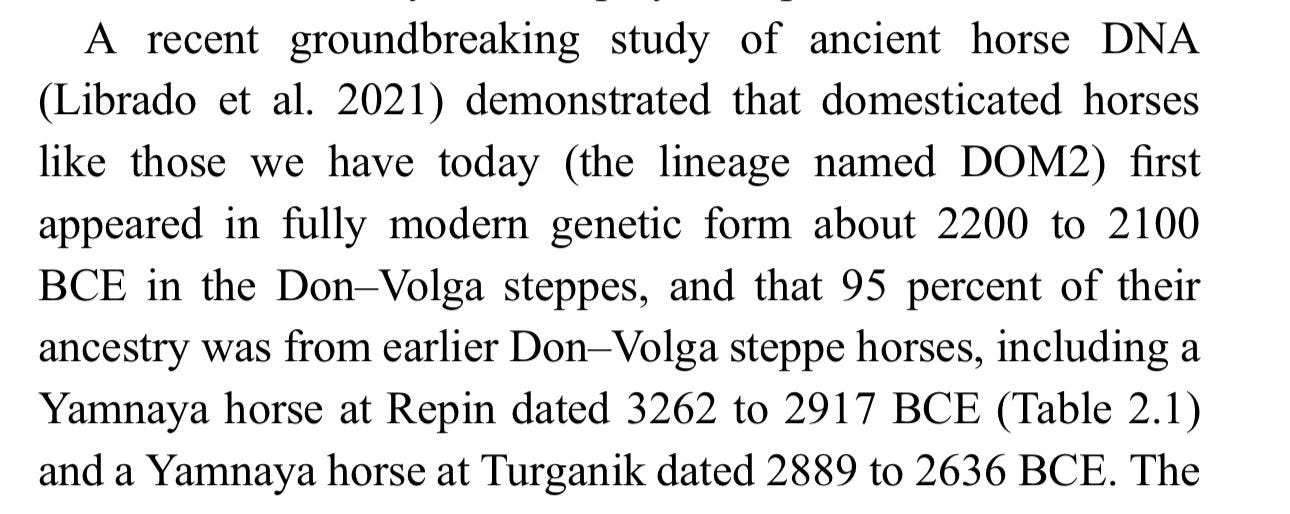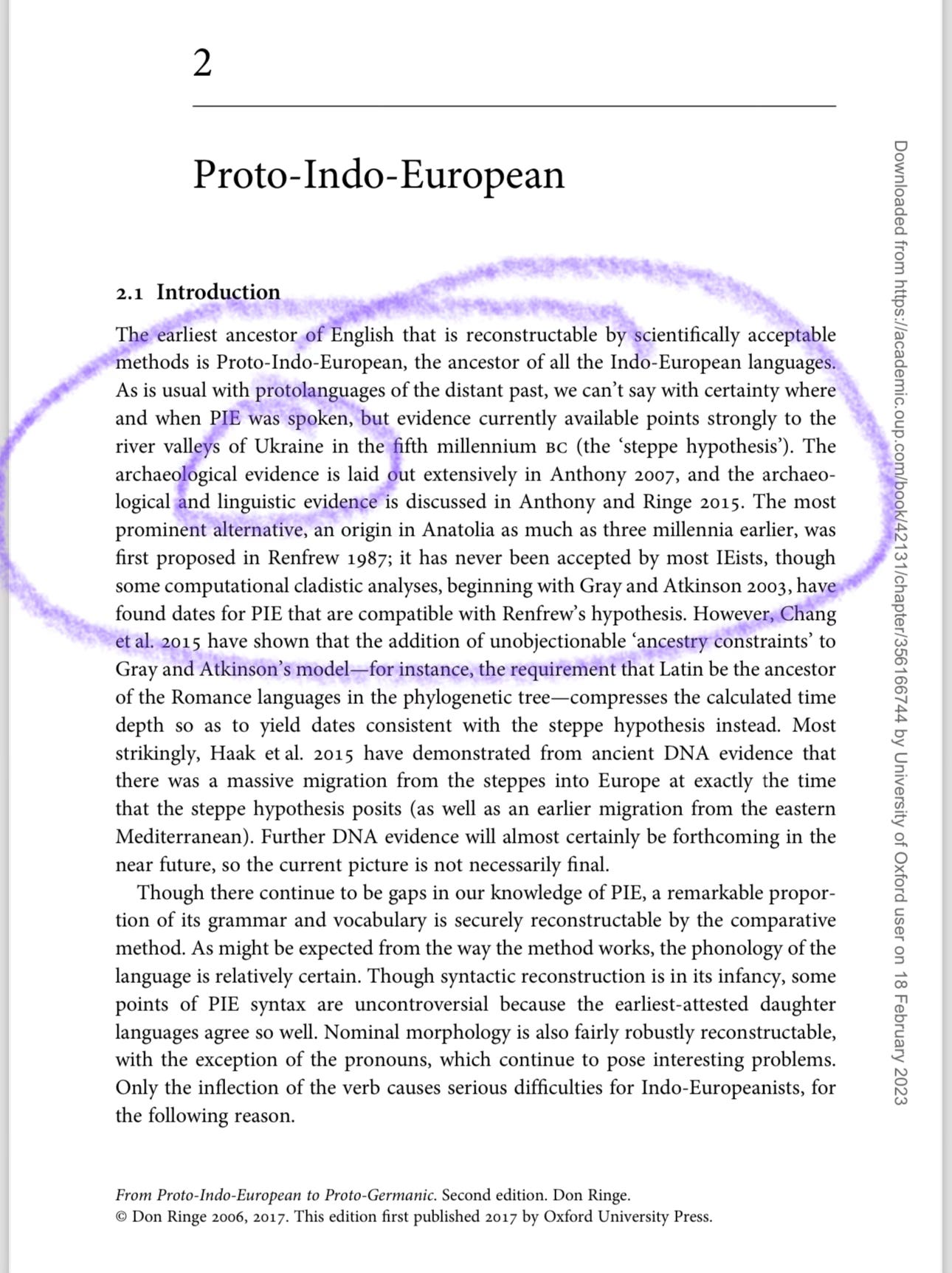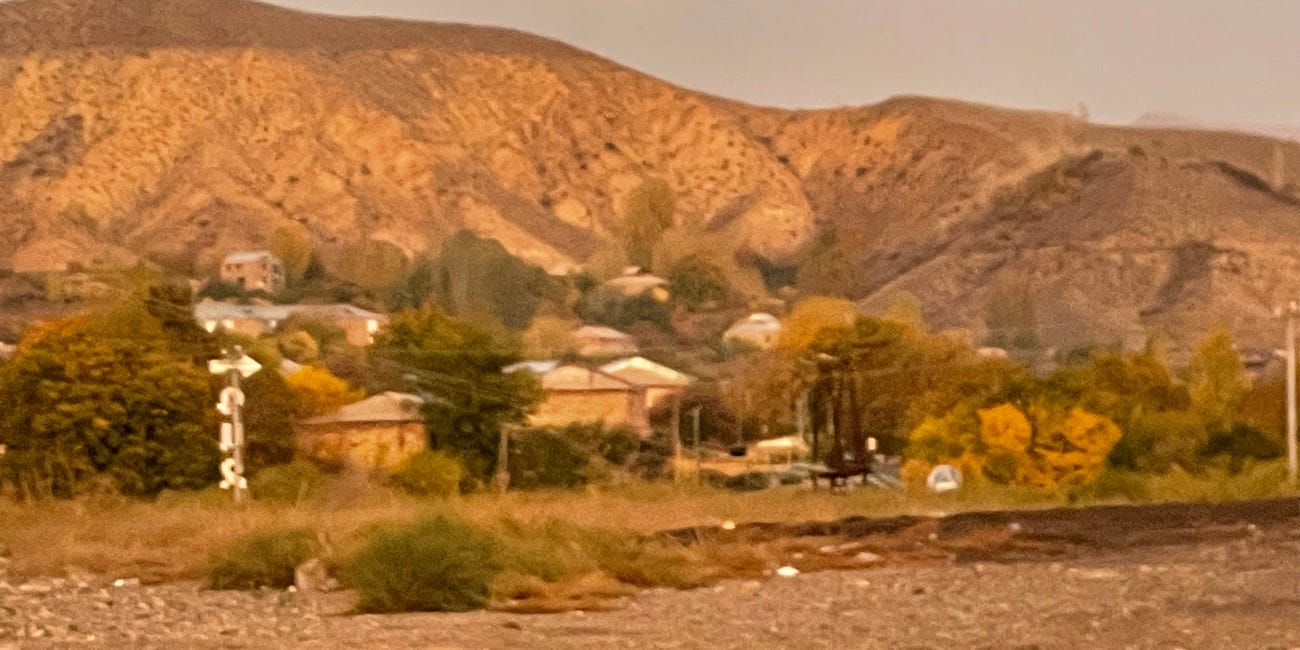Ancient Ukrainians: Cannabis, Wagons, and the first Indo-European language speakers
Finding Manuland VI
Descendants of Ancient Ukrainian Yamnaya Culture have left us the first archaeological evidence of cannabis used for ritual purposes.
Note: The Sredni Stog Culture were Old European. They were pre-Indo-European. And they provided one of the main constituent elements of the Yamnaya Culture in terms of genetics and material culture. Dereivka, which featured in Ukraine’s Stone Gods - Finding Manuland IV was a Sredni Stog community:
Ukraine’s Stone Gods
⚡️I got to know each of the sixty-four stone boulders. I noticed that they began to resolve themselves into human-like forms.
And the reference site for Sredni Stog features in this piece:
Yamnaya took the invention of the wheel and wagon and built their entire economy around this new form of mobility.
Their methods for domesticating and horse breeding facilitated their genomic immanence in the DNA Steppe ancestry of every Indo-European people. Most of today’s horses - DOM2 - are genetic descendants of Yamnaya Culture’s horse breeding excellence.
(The preceding three screenshots are taken from David W. Anthony’s “The Yamnaya Culture and the Invention of Nomadic Pastoralism in the Eurasian Steppes” from “Part I - Early Indo-European and the Origin of Pastoralism” of “The Indo-European Puzzle Revisited - Integrating Archaeology, Genetics, and Linguistics” Cambridge University Press (29 April 2023) https://doi.org/10.1017/9781009261753)
However, of all the Yamnaya’s claims to fame, creating and seeding the first Indo-European language anywhere is the greatest.
Today more than half of humanity speak languages descended from the Proto-Indo-European (Ancient Ukrainian) language Yamnaya forged in the river valleys of eastern Ukraine.
However, Yamnaya (or Ancient Ukrainian, as I call them) influence in every sentence I write here and in every sound you make (if you can read these words, then you speak an Indo-European language with sounds, meanings, syntax, roots of verbs, grammar first forged together by the Yamnaya Culture in eastern Ukraine) is not the only remarkable aspect of our unknown (until now!) inheritance from Ancient Ukraine. We can even find the mana of Yamnaya Culture in many world religions including Buddhism, Christianity, Islam, Hinduism, Zoroastrianism…
In fact, the mana of our Indo-European inheritance in such religions is so strong, they appear to me to be more correctly characterised as Indo-European religions.
Let’s look at the Mana in Christianity and how, using ascertainable historical facts, the structural similarities between it and other Indo-European religions might have come about, through migrations of the Yamnaya Ancient Ukrainians for which we have material and archaeological evidence.
Note too how the sacred M-N- sound is also even immanent in the name given in 1905 to the community of humans - Yamnaya - whom we now know forged and spread the first Indo-European language across the entire Indo-European culture zone from Ireland to India. I call this phenomenon of the sacred M-N- sound popping up everywhere across the Indo-European cultural zone and in virtually every sentence we speak Reversion to the Moon (based metaphor), and we shall revert to this mantic phenomenon again and again in Finding Manuland.
Continued:
Why NOT Celebrate St Patrick’s Day?!
The voice and hallucinogenic words of Ireland's preeminent pre-Christian God, Manannán, come down to us in one of Ireland’s oldest poems the 7th or 8th century of the Common Era (CE) Imram Brain / Voyage of Bran: "Bran deems it a wondrous beauty/ In his coracle across the clear sea:
Sacred M-N Sound
Mana was a moniker given by the first Indo-European language speakers to the energy we exchange when we communicate. This mantic meaning, through semantic spread, came to colonise the signifier for the Moon (meh₁nṓt is the contemporary spelling of the sound Ancient Ukrainians used to signify the
Continued from:
Ancient Ukrainians: First Indo-Europeans
Relatively early in my research, I read that the builders of the mound that concealed the Dnipro stone henge were from what archaeologists call the Yamnaya Culture. I had never heard of the Yamnaya before. Even the idea that archaeologists defined ancient peoples as “cultures” according to similarities and differences in the way they treated their dead …
First in series:
Finding Manuland I
In October 2021 I was returning from my final vacation before my forced retirement from my beloved diplomatic posting to Ukraine.





